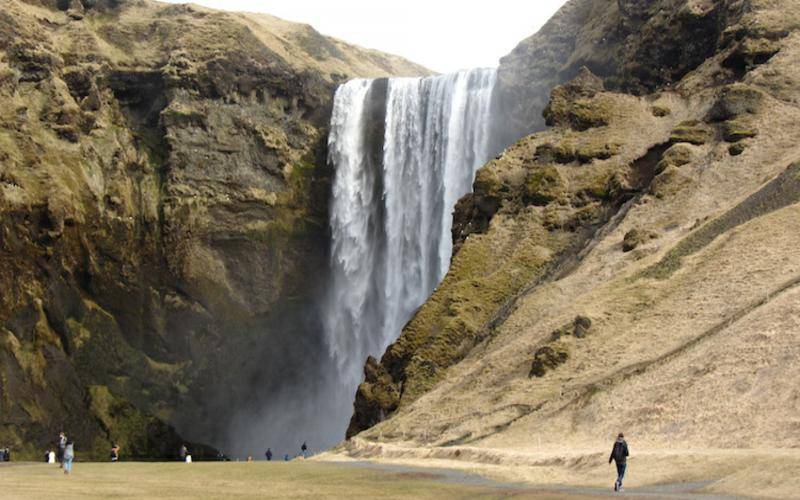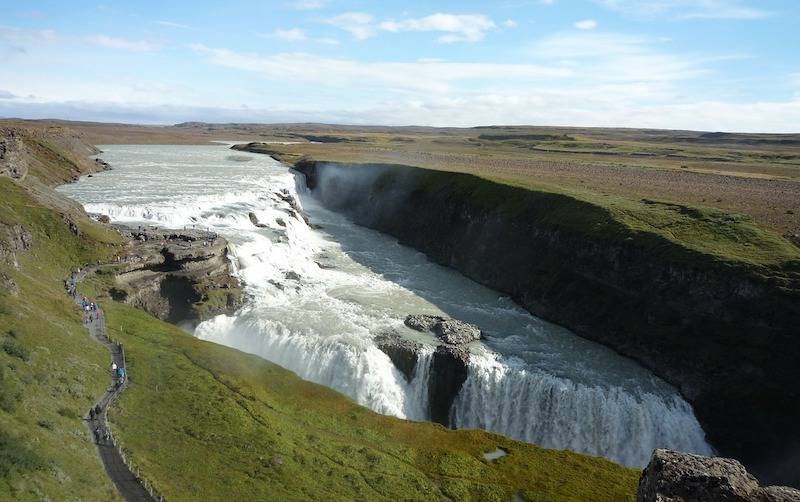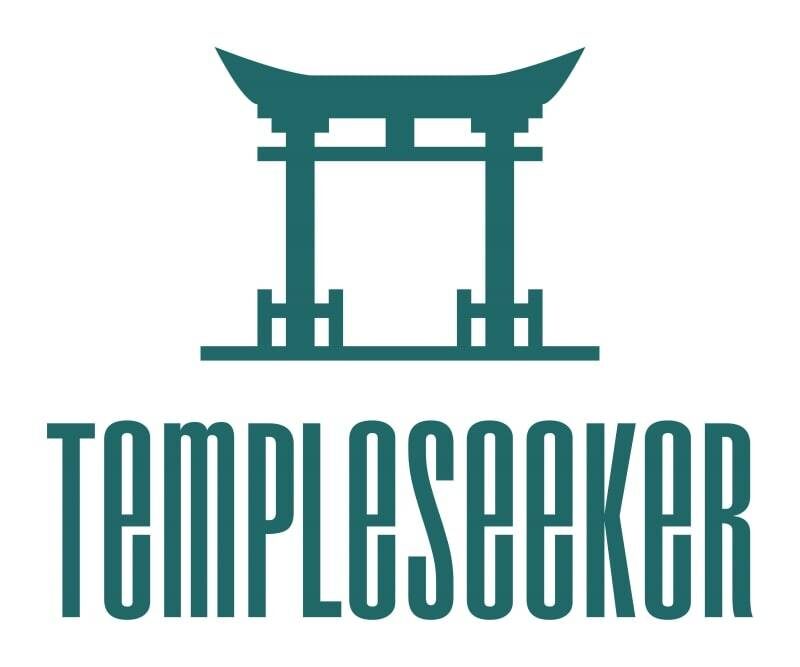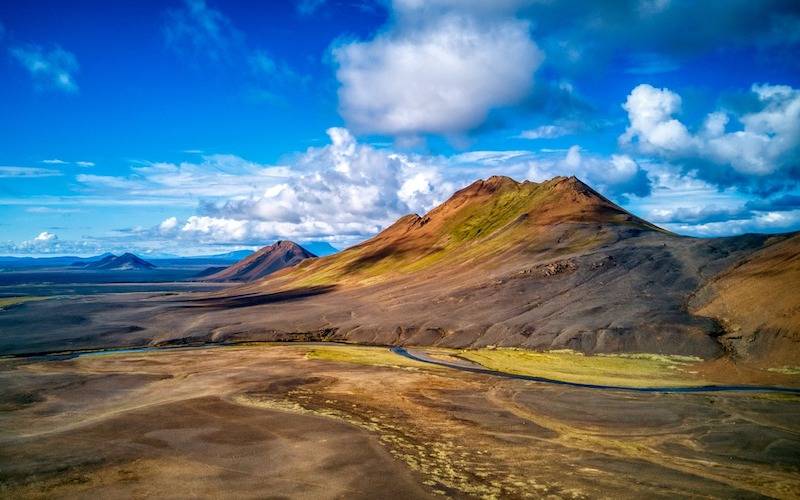So, you want to go to Iceland? I highly recommend it, but there are certain things that you may need to be aware of. This list is not to do with sight seeing, but the practicalities of staying in Iceland. Enjoy my blog on Iceland – 10 things to know before you go! I went to Iceland in March which was perfect for catching the Northern lights and the start of Spring.
I Visited Iceland in March!
Iceland in March is the best time to visit especially if you want to see some greenery without missing the Northern Lights. I could see the greenery of the national parks and around the waterfalls and also managed to see the Northern Lights TWICE – once on my Aurora Borealis Iceland tour and once from my window in Reykjavik.
Temperatures were around 2-3 degrees C so still wrap up- warm! But there will probably be clear enough roads for you to travel around the full ring road at this time of year, which can sometimes be impossible in Winter.
Visiting Iceland in March means that you miss the peak of the tourist season (June-August) and therefore it is less busy.

Iceland in March – 10 Things to Know Before you Go!
It’s COLD!
- Stating the obvious – I know…the clue is in the name! 😉 But seriously, wrap up warm with thermal base layers, loophole socks, walking boots, fleece, hat, scarf, gloves and waterproofs. See What to Pack for Iceland.
- Weather can be extremely changeable – the weather office update their information every 3 hours. Be sure to check this especially if you are hiking or driving.
Sulphur Water Stinks!
- The water smells like Sulphur! Basically – tap water is like fart water! But do you know what? It’s probably the most drinkable water in the world.
Cars will Stop for you!
- Cars will stop to allow you to cross – just make sure that you still look and cross carefully, drivers often stop and wave you across! It is sparsely populated so there is not much traffic on the roads. If you are driving, be aware of pedestrians, and hire a four wheel drive if you are driving a distance or venturing off the main road.
It’s Eco-Conscious
- Iceland is extremely eco-conscious. Electricity is cheap, because most of it comes from renewable sources such as HEP or Geothermal power.

Food is Expensive
- Food and drink is expensive. For a burger and chips or a basic meal expect to pay around 2000 Krona and another 500 at least for a drink. 2500 Krona works out at about £13. Make sure you have a healthy food budget for Iceland and you can stock up on alcohol at duty free!
Friendly People
- The Islandic people are amazingly friendly and chilled out. If things start to go wrong or stress you out, they will tell you not to worry and help you to sort it out.
Low Crime
- There is a very Low Crime Level in Iceland – to such an extent that even mothers leave their babies in prams outside cafes! I don’t think I’ve ever felt safer than my few months in Reykjavik.

Nudity is Normal
- Nudity is normal. Many Islandic people bathe in hot springs naked, and this is not peculiar to them. On my very first day in Iceland, I saw a man naked through a window – he was washing his dishes!
Credit Cards are Accepted Most Places
- You can use your credit card pretty much everywhere, so you don’t need to worry too much about exchanging or carrying Kronas.
Register your whereabouts during your Travels
- Register your whereabouts during your Travels with https://www.safetravel.is and then you can check in along the way using the 112 Iceland App (https://blondebrunettetravel.com/). Always travel with a fully charged phone and a back up, as severe weather conditions can come on at any time and many tourists drive without properly prepare for this, and get stranded in freezing temperatures. Rescues in Iceland are free as they are run by volunteers and they don’t want to deter tourists from calling for help if they need it.
What to Pack for Iceland in March
Iceland can get cold in March, and so you definitely want to be thinking about investing in a thermal base layer and thermal socks, especially if you plan on doing some glacier hiking. A good wind and waterproof mountain jacket and walking boots are essential purchases for Iceland any time of year.

Also remember to pack your hat, scarf and gloves. Regarding specialist equipment such as crampons and diving gear for Silfra, most tour operators supply these included in the price of your tour or for an extra supplement.

Is there anything else that you would like to ask about Iceland in March? Please comment below.


Pingback: Game of Thrones Tour of Iceland - Þingvellir National Park